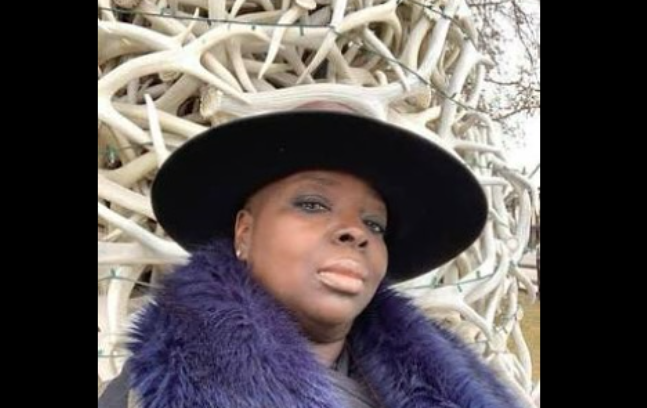The art world is mourning the sudden loss of Nona Faustine, a visionary Brooklyn-born photographer whose evocative work shed light on the hidden histories of enslavement, the resilience of Black women, and the enduring impact of systemic injustice. Faustine, who passed away at the age of 48, leaves behind a profound legacy of storytelling through imagery, fearlessly confronting the past while celebrating the strength and survival of her ancestors.
A Groundbreaking Artistic Voice
Born and raised in Brooklyn, Nona Faustine used her artistry to reclaim history, challenge collective memory, and amplify the narratives that mainstream accounts often overlooked. Through photography, performance, and visual storytelling, she uncovered the unseen histories of enslavement, particularly in New York City—a place many do not associate with the atrocities of slavery.

Her most recognized work, “White Shoes,” was a hauntingly powerful series in which she photographed herself—often nude except for a pair of white shoes—standing at historic yet unmarked sites of slavery throughout New York City. From the steps of City Hall to Wall Street, where enslaved people were once bought and sold, Faustine’s work demanded that history be remembered, not erased.
Her art was a bold confrontation with America’s past, merging vulnerability and strength to honor the lives of the enslaved while highlighting the ongoing impact of racial oppression.
A Legacy Rooted in Unflinching Truth
Faustine’s work resonated beyond galleries, becoming a focal point in discussions on race, history, and representation. She was deeply influenced by the lack of public acknowledgment surrounding slavery in the North and dedicated her life to ensuring that these histories were not forgotten.
Beyond “White Shoes,” her later projects delved into themes of Black femininity, identity, and perseverance, celebrating the resilience of Black women across generations. Her work was exhibited at major institutions, including the Brooklyn Museum, the Studio Museum in Harlem, and international art fairs, gaining widespread acclaim for its raw honesty and poetic depth.
A Profound Loss to the Art and Activist Community
News of Faustine’s passing has left a profound void in both the artistic and activist communities. Fellow artists, curators, and admirers of her work have taken to social media to honor her contributions and express sorrow over losing such an impactful creative force at a young age.
Art critic and curator Antwaun Sargent reflected on Faustine’s legacy, stating:
“Nona was a truth-teller. She forced us to look at history in ways we often avoided. Her work was about remembrance, about justice, about never forgetting. The art world has lost a giant.”
Cultural historian Dr. Deborah Willis, who mentored Faustine, shared:
“She didn’t just take photographs—she reclaimed spaces, reshaped narratives, and redefined how we engage with history. Her voice will be missed, but her impact will endure.”
Remembering Nona Faustine
Faustine’s work and influence will continue to inspire generations of artists, historians, and activists. She was not just an artist; she was a historian with a camera, a truth-seeker, and a fearless storyteller who gave voice to the forgotten.
Her legacy lives on in every image she captured, every story she told, and every mind she awakened to the realities of America’s past. As tributes continue to pour in, one thing remains certain: Nona Faustine’s work will stand as a lasting testament to the power of art in reshaping history and reclaiming truth.
Further details on memorial services and tributes will be announced in the coming days as the art world and her loved ones prepare to honor a life devoted to justice, memory, and the power of visual storytelling.